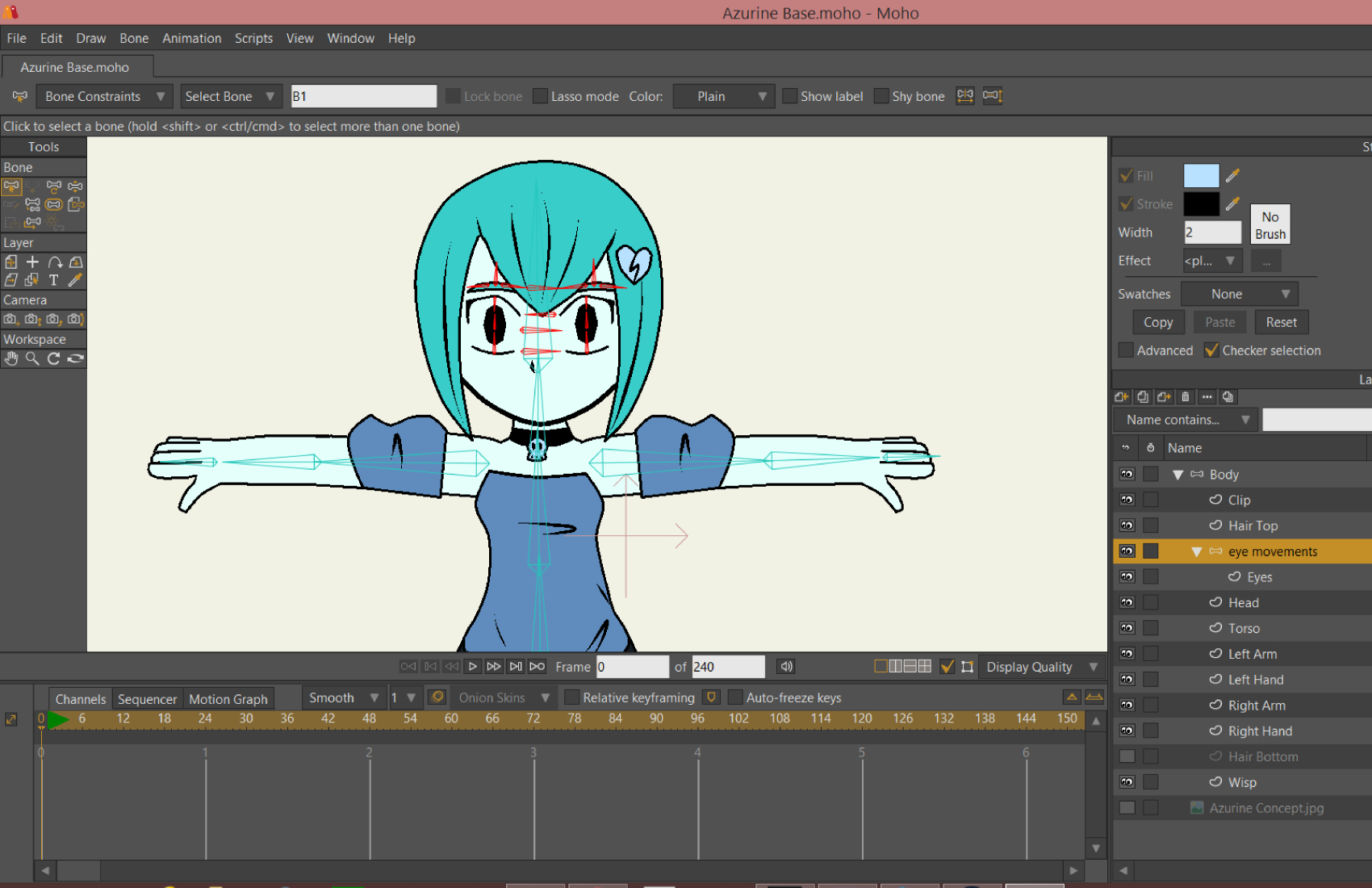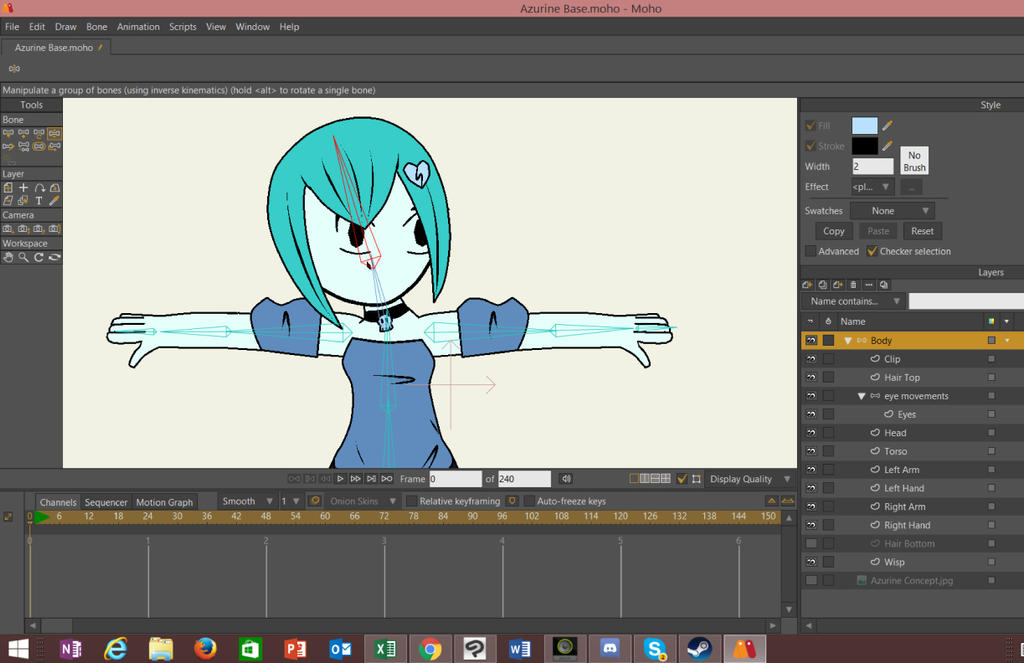My example:
https://www.youtube.com/watch?v=nM-mOePA58A I've been following this eye rigging tutorial to the letter. Near the end it shows that the head rig is seperate from the eye rig. I have the same done with my practice project:

As you can see the eye rigging is separate from the body rig.

and this is the result of when I move the head bone. I have not been able to find a video or tutorial that talks about multiple bone rig layers and how to make them all work together, IE, I can move the head bone and the eyes will follow, but the eye's bone rig will still function when I click on it's layer.
Does anyone know what I'm doing wrong, and what I need to do to parent different bone layers together? Thanks.
